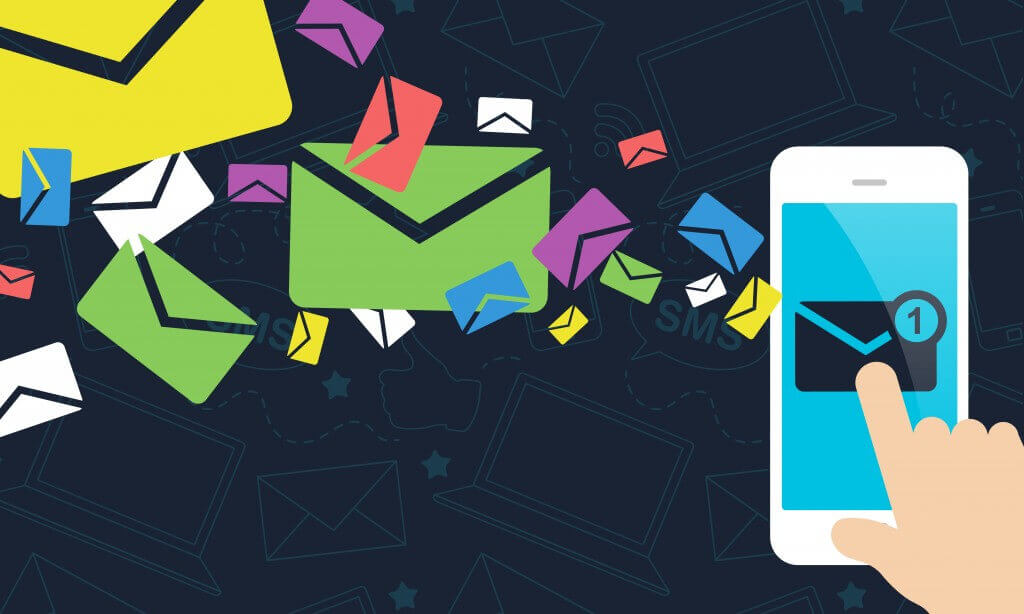
Customers are engaging with your brand across an increasing number of touchpoints – websites, social media, in-store, mobile and tablets; but regardless of how they engage, they expect a customised, personalised, and consistent experience.
The modern marketer must be able to drive contextually relevant customer experiences to understand a customer’s behaviour across channels and action these immediately. It’s no longer good enough to simply send a one-off message or deliver inconsistent content: today’s campaigns must spark continuous cycles of interactions that build a foundation for long-term loyalty and engagement.
Cross-channel campaign management (CCCM) describes a lifecycle of personalised content and interactions across any digital channel, fuelled by a 360-degree view of customer behaviour and delivered in real-time.
The CCCM market is evolving as more B2C marketing professionals build on their cross-channel capabilities to be able to deliver contextually relevant customer interactions. Vital capabilities to achieve CCCM include advanced analytics, real-time interaction management (RTIM) and digital channel delivery versus traditional marketing automation tools.
A good CCCM platform coordinates contextual customer experiences from one asset canvas delivered in real-time to any channel a customer is interacting in, or in their preferred channel at the right time, whether it be email, in-store, ecommerce, retargeting display, social or mobile.
The lines between CCCM and RTIM are blurring as marketers transition from executing scheduled campaigns to orchestrating contextually relevant interactions with individual customers.
The days are long gone when companies didn’t need to personalise and they could still be successful. Personalisation in 2016 needs to go one step further.
Connected personalisation
All marketing needs to be connected and feel the same across every channel and every message. Connected personalisation enables a company to personalise every marketing message for a particular customer.
Read rest of the article at Marketing Tech News




